I used to be that lady who would drive around the Walmart parking lot for 10 minutes, looking for a parking space close to the entrance. God forbid that I park further and endure the 5-minute walk to the door! Unfortunately, many women follow this trend that encourages inactivity. Despite all the health benefits of being physically active, more than 60 percent of U.S. women do not engage in the recommended amount of physical activity. Furthermore, women are less active than men, and more than 25 percent of U.S. women are inactive. It is essential to change your mindset towards exercise because the single most important predictor of exercise success is a mindset change.
If you are wondering why exercise is so important, please read “Exercise: A Path to Better Health for Women over Forty.” Also, to discover more ways exercise, specifically strength training, provides additional health benefits, check out “12 Reasons Every Woman over Forty Should Strength Train.”
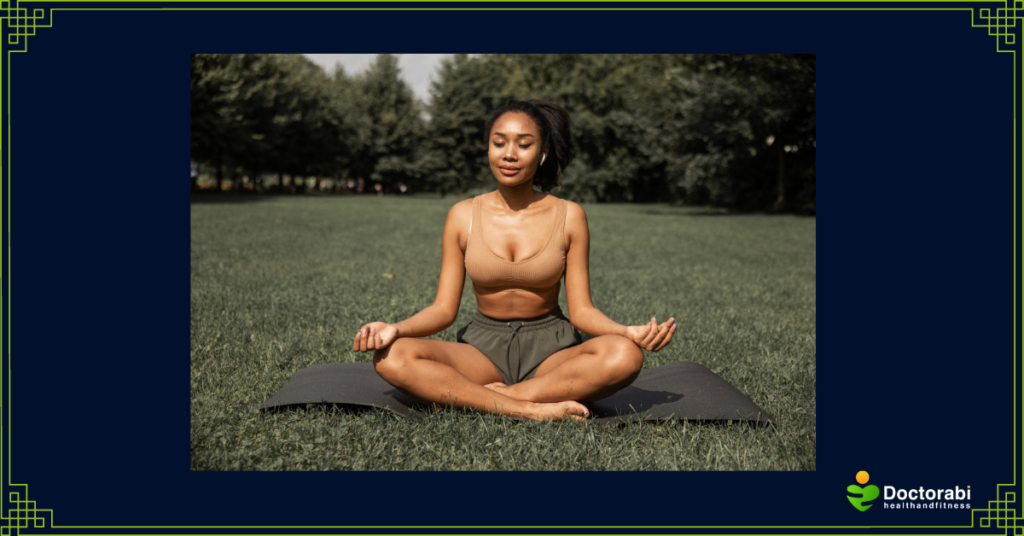
How can you change your mindset towards exercise?
When it comes to exercising, and honestly, everything else in life, your mind is where the action is. The mind is where you win the battle. Therefore, we need to reset our minds and rethink the way we approach exercise. Once you change your mindset towards exercise, exercising should be a breeze. This quote says it all:
“The hard part isn’t getting your body in shape. The hard part is getting your mind in shape.”
One common mistake that we all make is focusing on the act of exercising itself. We ponder on which exercises look doable and which ones look absolutely impossible. However, if you start from that angle, you may be setting yourself up for failure. I love this quote. “Your body can stand almost anything. It’s your mind that you have to convince.” So, let’s find out how you can change your mindset towards exercise by taking the focus off of the body to the mind.
The A.C.E Approach
The A.C.E. approach is an approach that can help us transform our minds and create habits that we can sustain and ultimately enjoy. A.C.E. stands for “Awareness,” “Creating a habit,” and “Enjoying the process.” This approach is applicable to exercise and can also be used to make positive changes in all areas of our lives.
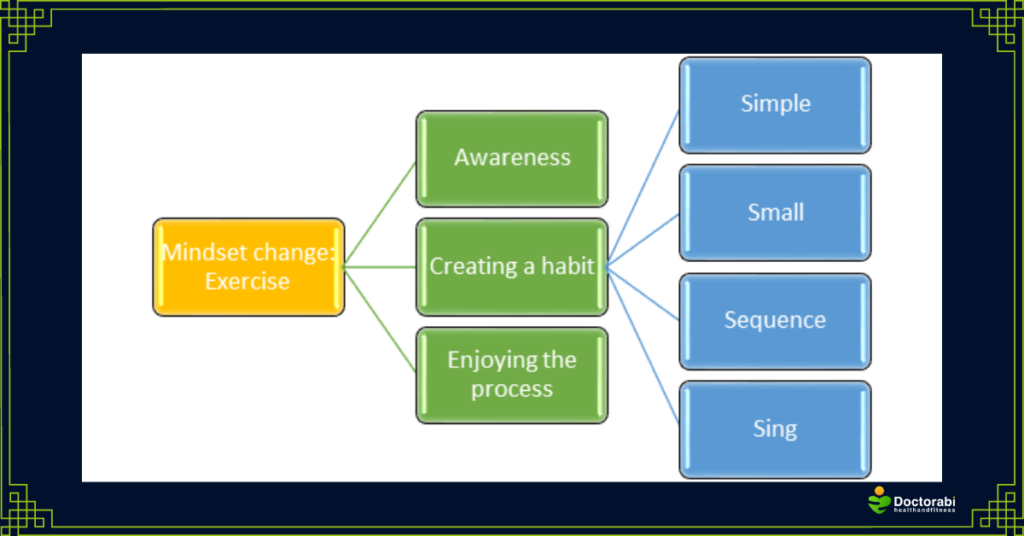
Awareness
Awareness: knowledge and understanding that something is happening or exists.” – Merriam-Webster Dictionary.
Last year, my husband turned 50, and I bought him a fitness tracker to encourage him to become more active. Well, my husband fell in love with his fitness tracker and had nothing but praise for it. So, I decided I needed one too. However, it turned out that I was not as physically active as I thought I was! In the video below, I talk more about my awareness journey, the A.C.E approach, and the Quadruple S method.
Even though the fitness tracker brought me to a new level of awareness, other things can trigger awareness. For example, the number on the scale, having to buy a larger size in clothes, the loss of a loved one to a chronic illness, or even a doctor’s report. No matter how healthy you believe you are, “awareness” involves taking stock of where you are and acknowledging that there is room for improvement.
After decades of exercising, I became aware that I was not doing enough to stay active. Now, it is not so much about losing weight, but about staying healthy. As we get older, our bodies change, our health needs change, and we have to change too.

More on Awareness
Our health is a gift that we have the responsibility to improve. You cannot create your health, but you can improve it. Improving your health means doing all that you can to extend your lifespan and live a quality life.
Do you know that you are responsible for being a faithful steward of your body? It is in your best interest to take care of your body because everything that makes you who you are, your personality, emotions, brain, skills, gifts, talents, all reside in your body. Hence, you should treat your body with a lot of love and respect. There is a famous saying that I grew up with but now makes a lot more sense to me: “Health is wealth.” Therefore, the best investment you can make is to invest in your health. Undoubtedly, there are some diseases and conditions that are genetically determined. And some just happen no matter what you do or don’t do. Though we may not have much control over these diseases, regular exercise can help manage these conditions and improve our quality of life.
Creating a Habit
Once we embrace awareness, our next step is to create the habit of exercising. Now, how do we form a habit? By doing something every day until it becomes second nature. As with brushing your teeth. You don’t need to be motivated to do it. You just do it! And exercising can be that way too.
I present four practical steps to creating the habit of exercising – “The Quadruple S Method” – Simple, Small, Sequence, and Sing.
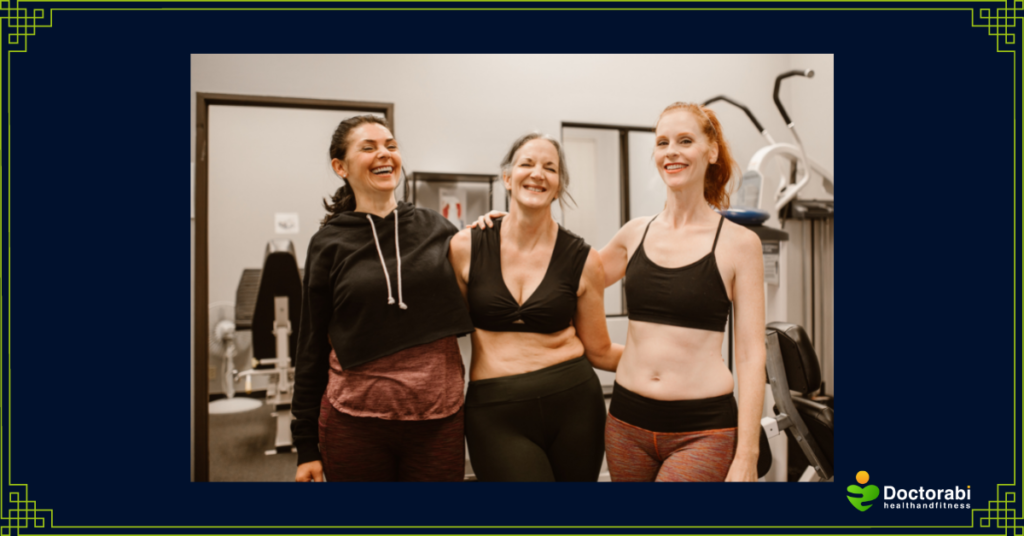
1) Simple
“You don’t have to be extreme, just consistent.”
Make it Simple. There is no point in trying to do 30 minutes of High-Intensity Interval Training (HIIT) when you have not even walked for 5 minutes a day. Let me mention exercise safety here. As we get older, we become more prone to injuries, so we need to listen to our bodies and exercise with caution. Walking is always an excellent place to start. I mentioned earlier that our health needs change as we get older. Fortunately, we don’t need to do extremely intense exercises to stay healthy. In fact, the simpler, the better, and safer.
2) Small
“Don’t be afraid of being a beginner.”
Start Small. Start with exercising for 5, 10 minutes a day. Starting small is excellent if you have a hectic schedule. That way, it wouldn’t be very disruptive to squeeze in 10 minutes of exercise somewhere. Try not to focus on your final destination, like running in the Boston Marathon. Instead, focus on your immediate goals, like walking around your neighborhood for 10 minutes every day.

3) Sequence
“Your success is found in your daily routine.”
Put exercising in a Sequence. When are you going to exercise? What time? What will you do before and after your exercise? For something to become a habit, you have to put it in the proper order. Habits do not require conscious effort or thought. Scheduling your exercise time is a strategy that helps remove decisions from your day.
When presented with a choice, people typically pick the easiest, quickest, and most enjoyable option. For example, if most people had a choice, they would sleep for 30 more minutes in the morning rather than get up to exercise. Therefore, you have to plan to get up early to exercise and avoid making that decision. Planning out decisions before being faced with the decision is essential in the creation of habits and routines. Another excellent example of how reducing the decision-making process can lead to improved health is visible in the success of meal replacement products in weight management.
Studies have examined how sequencing a behavior can lead to habit formation. In particular, one study examined how long it takes for adults to form a healthy habit. Participants repeatedly performed a dietary or physical activity behavior linked to meal times. For example, eating a piece of fruit with lunch, drinking a glass of water after breakfast, doing 50 sit-ups after morning coffee, and walking for 10 minutes after breakfast. Overall, habit formation in these participants took an average of 66 days, with a range of 18 to 254 days.
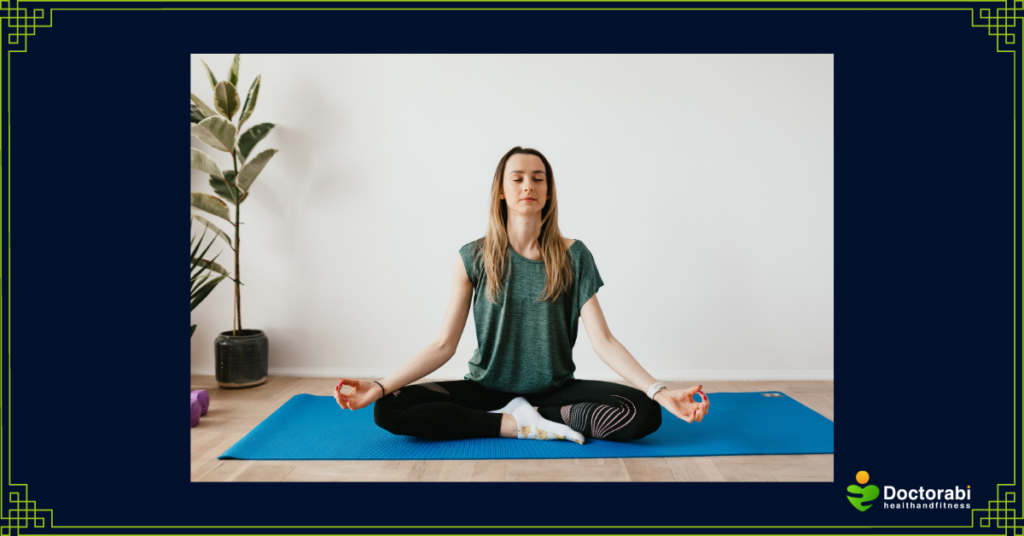
4) Sing
“Practice gratitude and celebrate what your body can do.”
Yes, you have to rejoice and celebrate every single day that you accomplish your exercise goals. If you are a beginner, don’t despise the small beginnings. By the same token, if you are a more advanced exerciser, please don’t take your accomplishments for granted. Regardless, your accomplishments are a big deal, and you need to celebrate them. Celebrating your victories is a critical motivational tool to keep you going and to help you achieve even greater things in your future.
Enjoying the Process
“Fall in love with the process, and the results will come.”
Lastly, the E in our A.C.E. method is “Enjoying the Process.” Listen! If exercise isn’t fun, you won’t do it! Life is too short to waste your time on something you don’t enjoy doing. Find a movement that you love, and just do it! You are more likely to succeed at exercising if you perform exercises that you find enjoyable. Research shows that habit-formation interventions may be most successful where the target behaviors are pleasurable or intrinsically valued. The quadruple S is an example of habit-formation interventions, and regular exercise is an example of target behaviors.
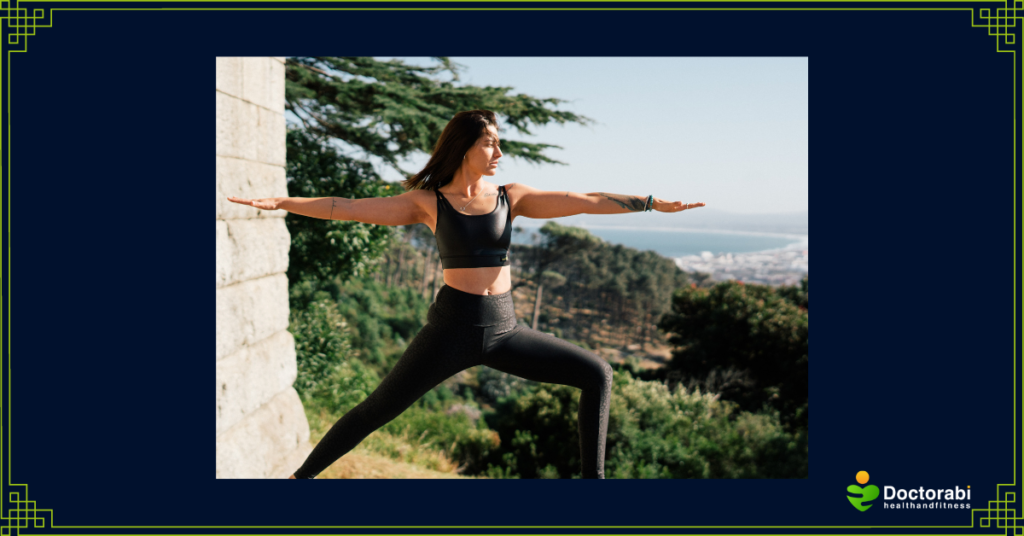
Where are you on your health journey?
Let’s view this table together. It categorizes your physical activity based on the minutes spent performing aerobic exercise per week.
| Physical Activity Level | Moderately Active Minutes Per Week | Overall Health Benefits |
| Inactive | No activity beyond baseline | None |
| Insufficiently active | Activity beyond baseline but fewer than 150 minutes per week | Small |
| Active | 150 – 300 minutes per week | Substantial |
| Highly active | > 300 minutes per week | Additional |
Where do you fall on the table? Are you inactive, insufficiently active, active, or highly active? Notice that as you advance on the table, you get more health benefits. Here is my take-home message. Take stock and become aware of where you are today in your health journey. Then, create the habit of exercising to get you to the next level, and finally, make sure you enjoy the process.
A Final Note
Although this article focuses on changing your mindset towards exercise, the principles discussed have broader applications. The A.C.E approach and the quadruple S method can help improve your eating habits, relationships, career, spiritual life, and many more areas of your life. Try it and let me know what you think.
Yours in health and fitness,
Doctor Abi

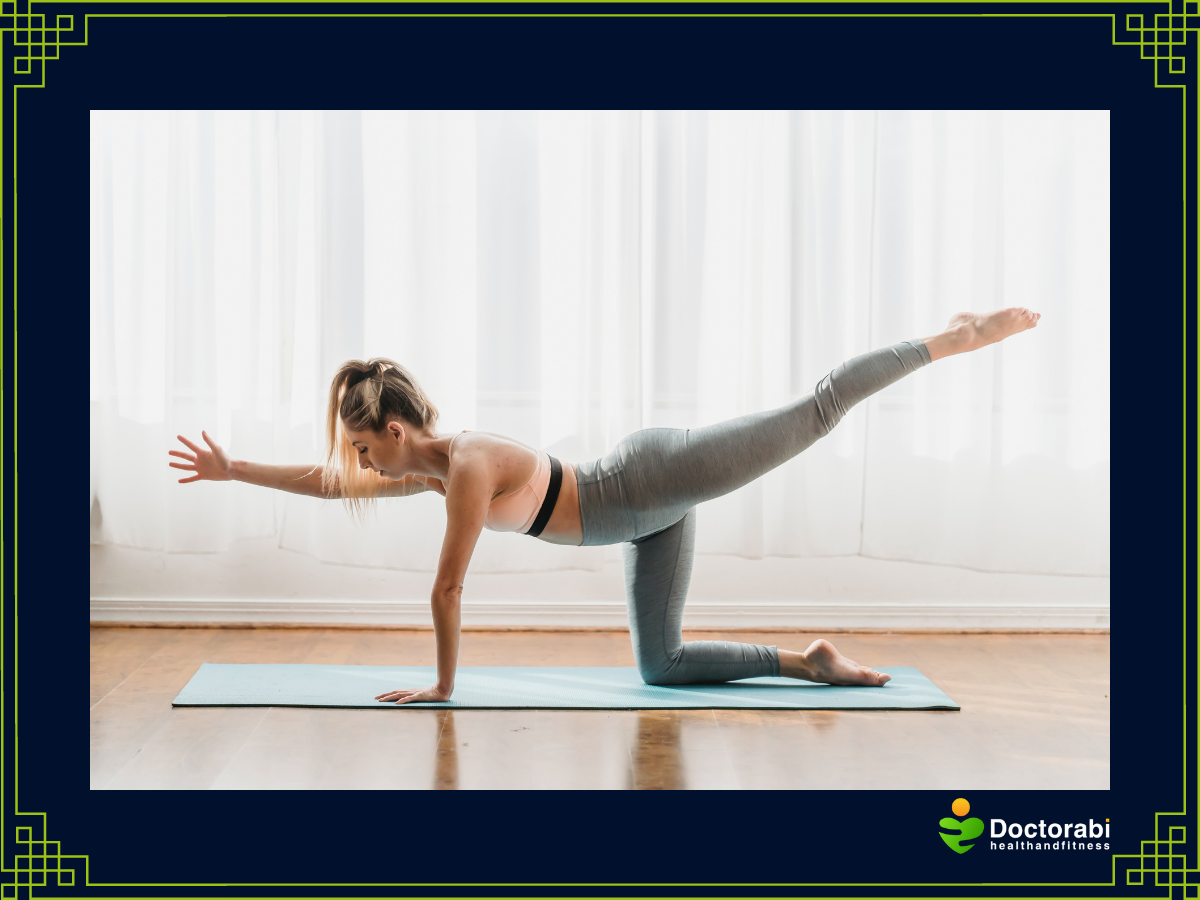
I loved reading this. I had never heard about the A.C.E approach until now, even though I practice bits and pieces of the process. As a busy mom, it can be challenging to make time to exercise. I have to find ways to enjoy the process to see sustainability and achieve my fitness goals. Thanks for sharing.
Thanks for your comment. I agree that finding time to exercise in our busy world is the greatest challenge. One key to overcoming that challenge is to commit to an activity that we already love doing, so we don’t have to think about it as “exercising.”
This was a great post! There are a lot of people who have negative associations with exercise and this broke everything down nicely.
Thank you for your comment. Most people will become more successful with exercise once they have a positive mindset towards it.
I’ll admit, I’m one of those who park as close as possible to Walmart. Guilty. However, I have recently bought a yoga mat to get back into doing yoga and started walking more. I’ve always been one who struggles with doing the exercise but once I’m doing it, I never complain; it feels great. I believe your article will help me make exercising a habit. Thank you!
You are welcome. I am glad this article will help you make exercising a habit.